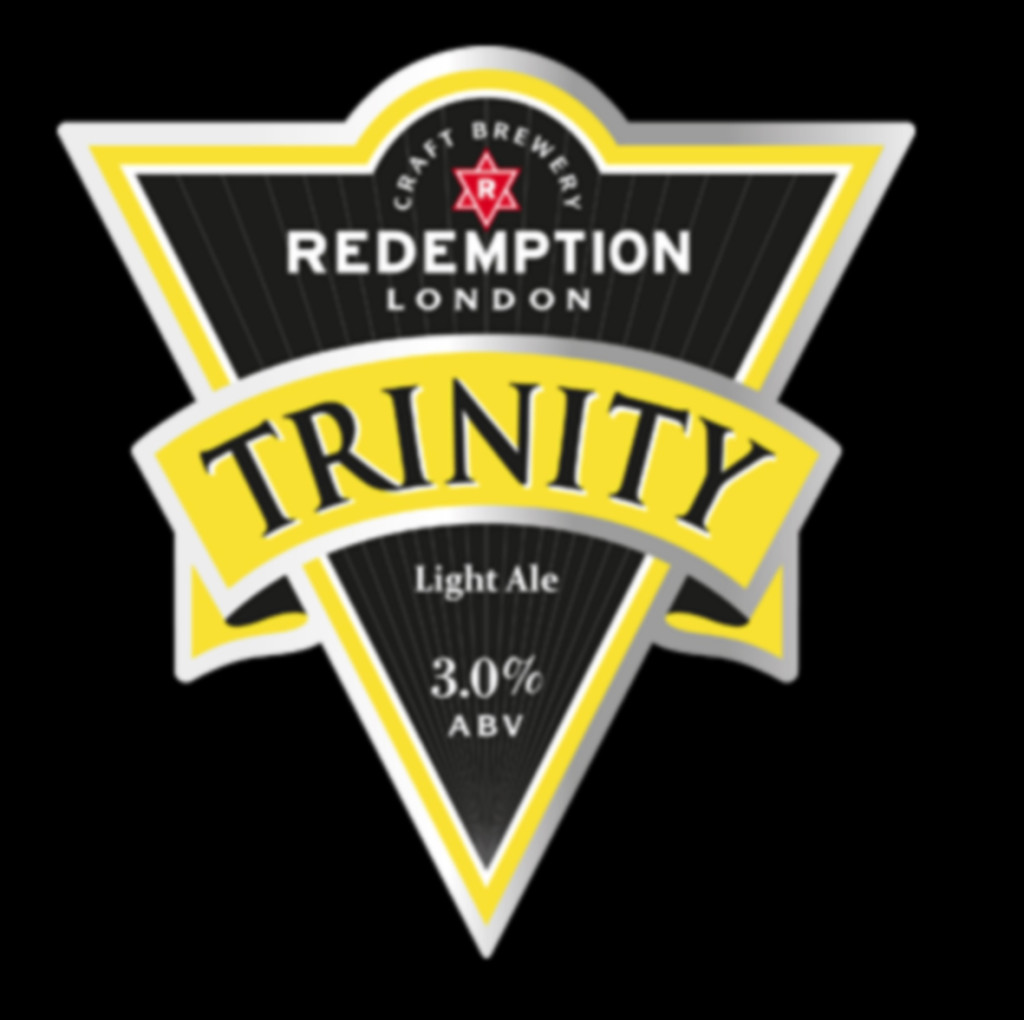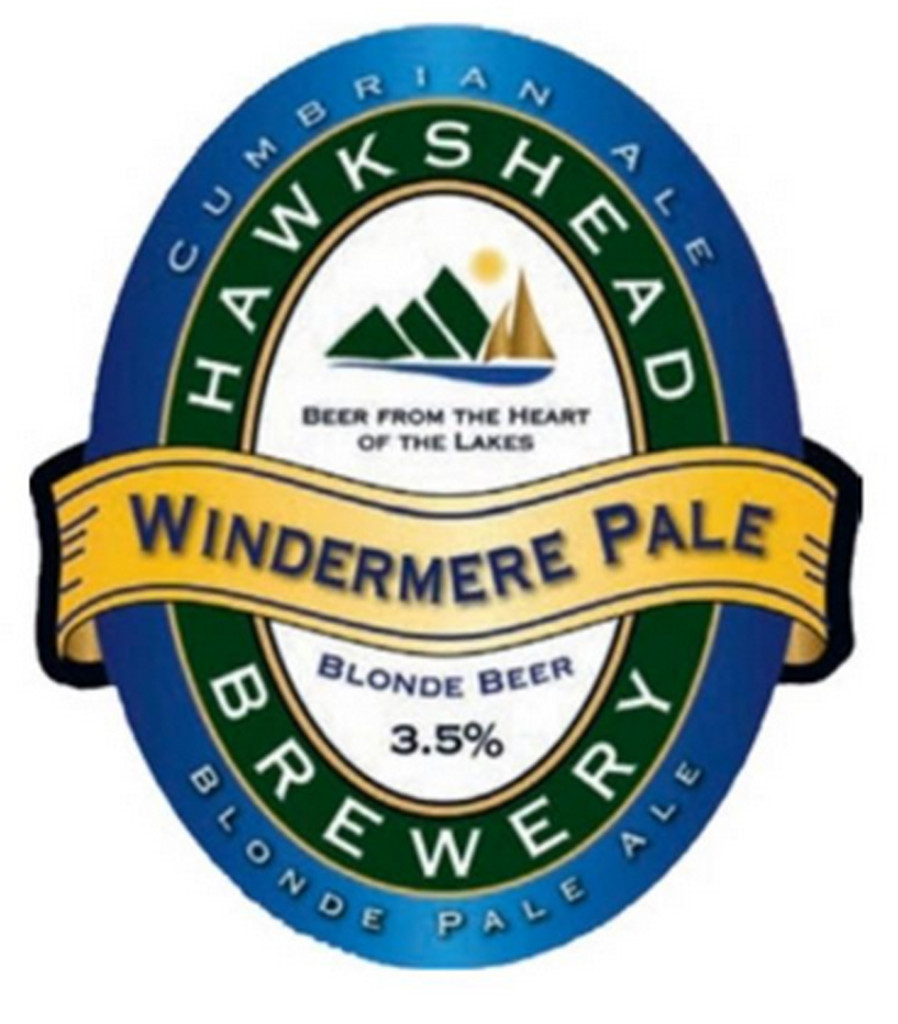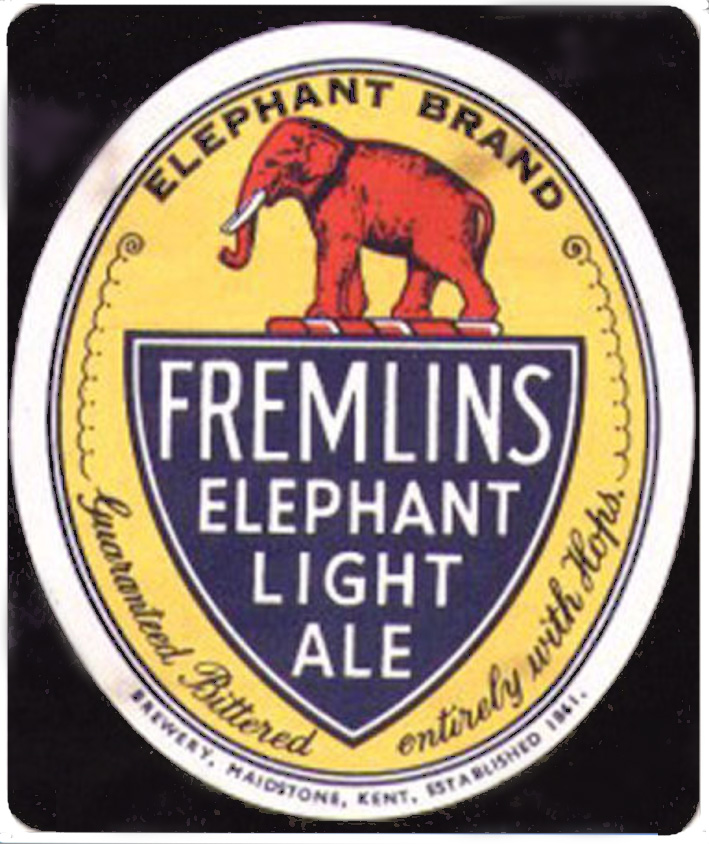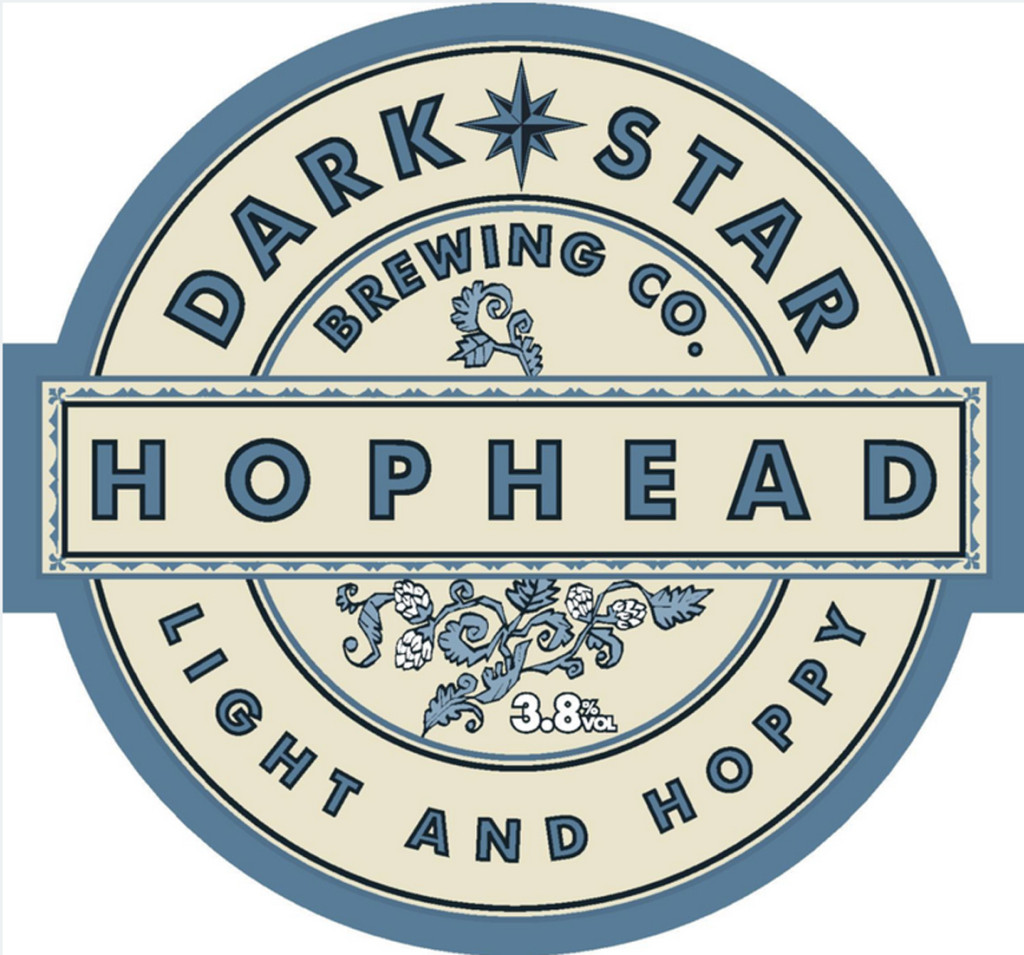A new British beer style is being born as you read this. Indeed, “being born” is almost certainly wrong: “building up bulk” is probably much better, since it’s been on bar tops, arguably, for at least 15 years, albeit without being properly recognised and catalogued as the fresh branch in the evolution of pale ale that it is.
This new style of beer is, effectively, the British equivalent of the American “session IPA” or “Indian session ale“, though not inspired by those beers, which are still often stronger, at 5 per cent abv or more, than a British session beer would ever be. Instead the new brews take the floral, tropical hoppiness of a typically strong standard American Pale Ale or IPA and presents that at a much more comfortable UK session strength, 4 per cent alcohol by volume and below.
As with all truly sustainable movements, this has been an example of push and pull: demand was pushed by the makers, individual brewers deciding that they wanted to brew just such a beer, crossing true sessionability with dramatic New World hop flavours, and pulled by consumers, drinkers who had been converted to loving American hops and were very happy to find drinks with all the American IPA taste assertiveness they wanted but low enough in alcohol that they could comfortably have several pints over an evening, not something that is possible with your usual Seattle or San Diego hop soup thumper.
As the trend spread, it seems to have escaped recognition as a different style of British beer, not the least reason being, I suspect, that there wasn’t an easy name to apply to this new family of brews, the way Golden Ales, the last new British beer style, could be badged and corralled back in the 1980s when they initially arrived, with a name based just on their colour. Mark Dredge was one of the first to spot that there was actually a new movement happening, putting a selection of similar low-gravity but hop-filled British brews into a chapter in his 2013 book Craft Beer World and calling the category “pale and hoppy session beers”. His examples included Moor Revival (3.8% abv, brewed with Columbus and Cascade hops); Cromarty Happy Chappy (4.1%, Columbus, Cascade, Nelson Sauvin and Willamette); Hawkshead Windermere Pale (3.5%, Goldings, Fuggles, Bramling Cross and Citra); and Buxton Moor Top (3.6%, Chinook and Columbus). Mark also gave an excellent definition of the category:
“The love for American Pale Ales and their citrus and fruit-forward hops, combined with the British drinking culture of going to the pub and sinking a few pints, has pushed these beers ahead and created a new British beer style … hitting somewhere between 3% and 4% abv, these beers, pale straw to gold in colour, are made to be refreshing, light in body, powerfully hopped, dryly bitter and drunk all day long. Bitterness can be very high set against the lightness of the alcohol, reaching 50-plus IBUs, although typically it’ll be in the 30s … it’s the hops that elevate this from a Golden Mild or Bitter: brightly aromatic, full of fruitiness, and often crisply bitter at the end with a dryness that makes you want to drink more – it’s the combination of huge hop flavours and the quenching bitterness that best defines these beers.”
As a name to label this new category with, however, “pale and hoppy session beers” fails to satisfy: the three descriptors could equally fit American-style “Indian session ales”, and it does not emphasise the most important differentiator: these beers are less strong than their American equivalent. However, there is a solution we can find in the history of British brewing. Throughout most of the 20th century, brewers in the UK would make two different strengths of bitter beer, often called ordinary bitter, at 3.8 per cent abv or less, and best bitter or special bitter, 4.2 per cent to 4.8 per cent or so, and each had its bottled equivalent, where the stronger was called pale ale and the weaker one light ale. What we are trying to find a name for is hoppy, but weaker than American hoppy pale ales – it’s hoppy light ale.
I am sure many are now going to argue that Hoppy Light Ale is not a separate thing from hoppy pale ale: Boak and Bailey discussed “pale and hoppy session beers” in All About Beer magazine in November and traced the roots of the style back to Sean Franklin’s Rooster brewery’s Yankee from 1993. They also threw Oakham Brewery’s Jeffrey Hudson Bitter and the same brewery’s Citra into the “pale ’n’ hoppy session” bin. But for me, Yankee was Franklin’s attempt to make Sierra Nevada Pale Ale at a strength (4.3 per cent) Britons would be comfortable with, rather than specifically aiming for a session hoppy beer, while JHB is a Golden Ale (in the Venn diagram of beer styles, it cannot be denied, Golden Ales and Hoppy Light Ales overlap somewhere between a little and a lot) while Citra, at 4.2 per cent, is also too strong.
You can go right back to beers such as Hartley’s much-missed ordinary bitter from Cumbria, just 1031OG but mouth-warpingly rammed with hops, and similar brews in the now effectively vanished North West of England style of very pale, very bitter beers, such as Boddingtons before Whitbread wrecked it, to show that the new Hoppy Light Ales have a pedigree rooted in an English tradition of pale ’n’ hoppy ’n’ weak. But these were beers made with traditional English hops, not New World ones. If you are looking for the real pioneer in the Hoppy Light Ale category, it has to be Dark Star’s Hophead, I suggest. Brewed since 2001 at 3.8 per cent alcohol, and using Cascade and Amarillo hops and Extra Pale malt with a tough of Caramalt, it’s the brewery’s most popular beer, it actually self-describes as “light and hoppy”, and I strongly suspect it has influenced many of the Hoppy Light Ales that have arrived since then, from Burning Sky’s Plateau (3.5 per cent) to Redemption’s Trinity (3 per cent – which brewer Andy Moffat specifically labels a “light ale”, it being weaker than the next beer up in his range, Redemption Pale Ale). It is revealing to see how the Camra Good Beer Guide‘s description of Hophead altered over the years: until 2006 it was merely “a light, hoppy, refreshing bitter”, but in 2007 that changed to “Wonderfully hoppy and clean-tasting … flavours remain strong to the end”. It looks like this was the time Britain became properly in love with, and appreciative of, American hops.
The country is also increasingly in love with lighter-coloured ales. Last year Mitchells & Butlers’ Nicholson’s chain, which controls 80 or so cask ale-oriented outlets, revealed that sales of paler-coloured ales were up 25% in its pubs, at the expense of traditional amber-coloured bitter. Its top-selling beers in volume terms were still traditional amber ales, it said, but with the introduction of new hops from countries such as the United States, Australia and New Zealand, “customers are opting for more lighter-coloured ales.” Paler ales flavoured with New World hops are a great entry for lager drinkers, Nicholson’s said, “appealing equally to both men and women”. More evidence to back a prediction that the Hoppy Light Ale category will grow and grow.



